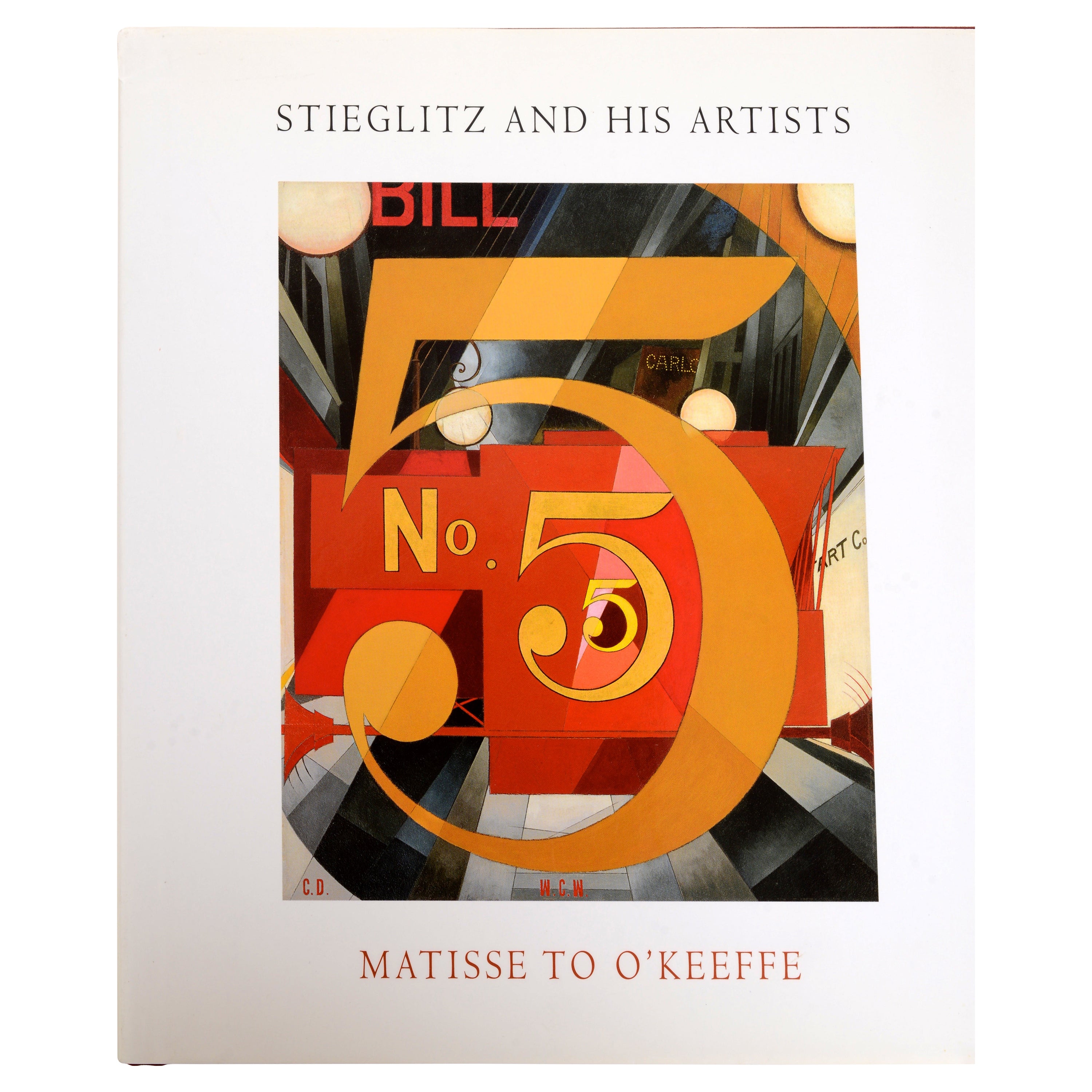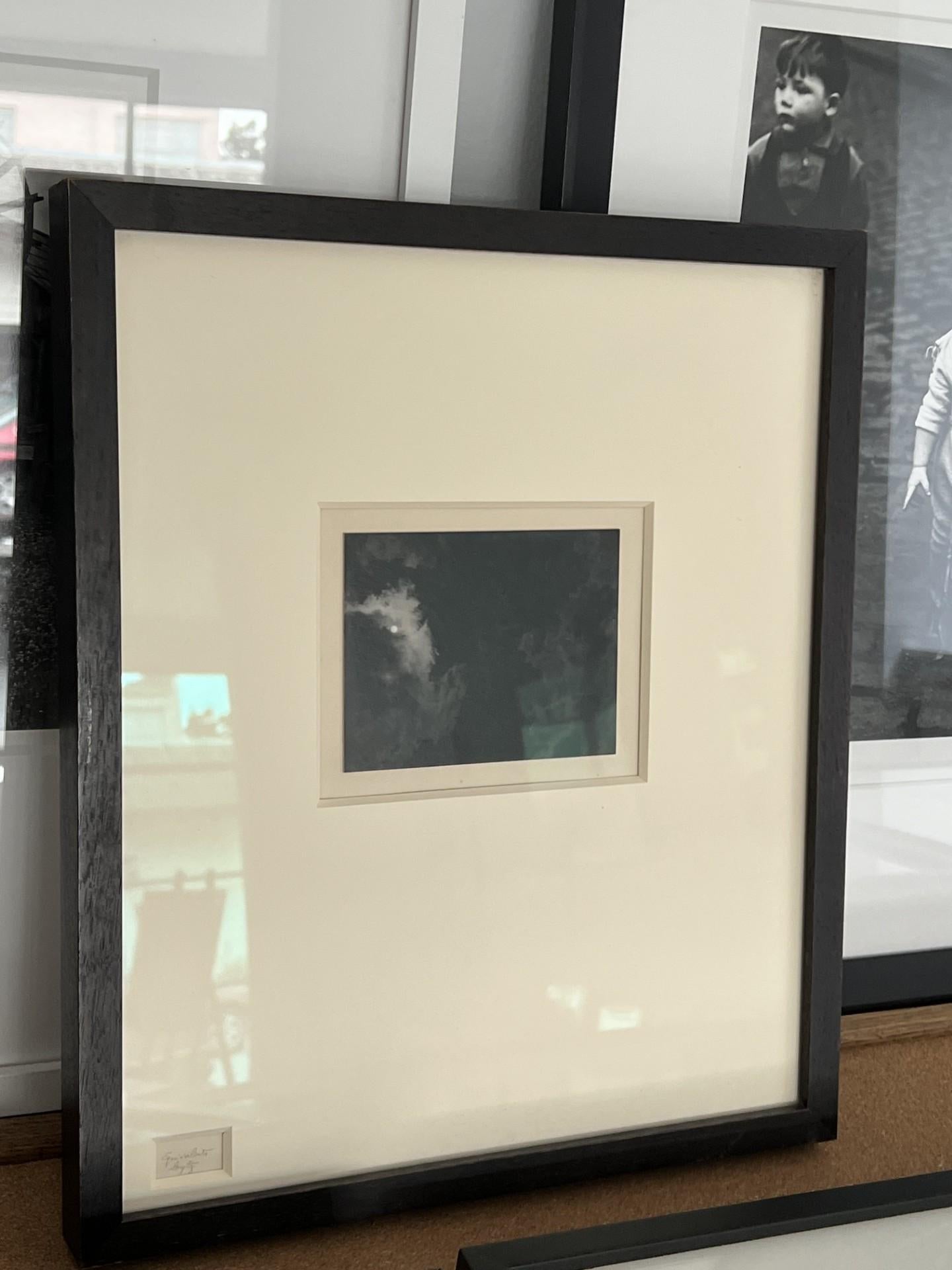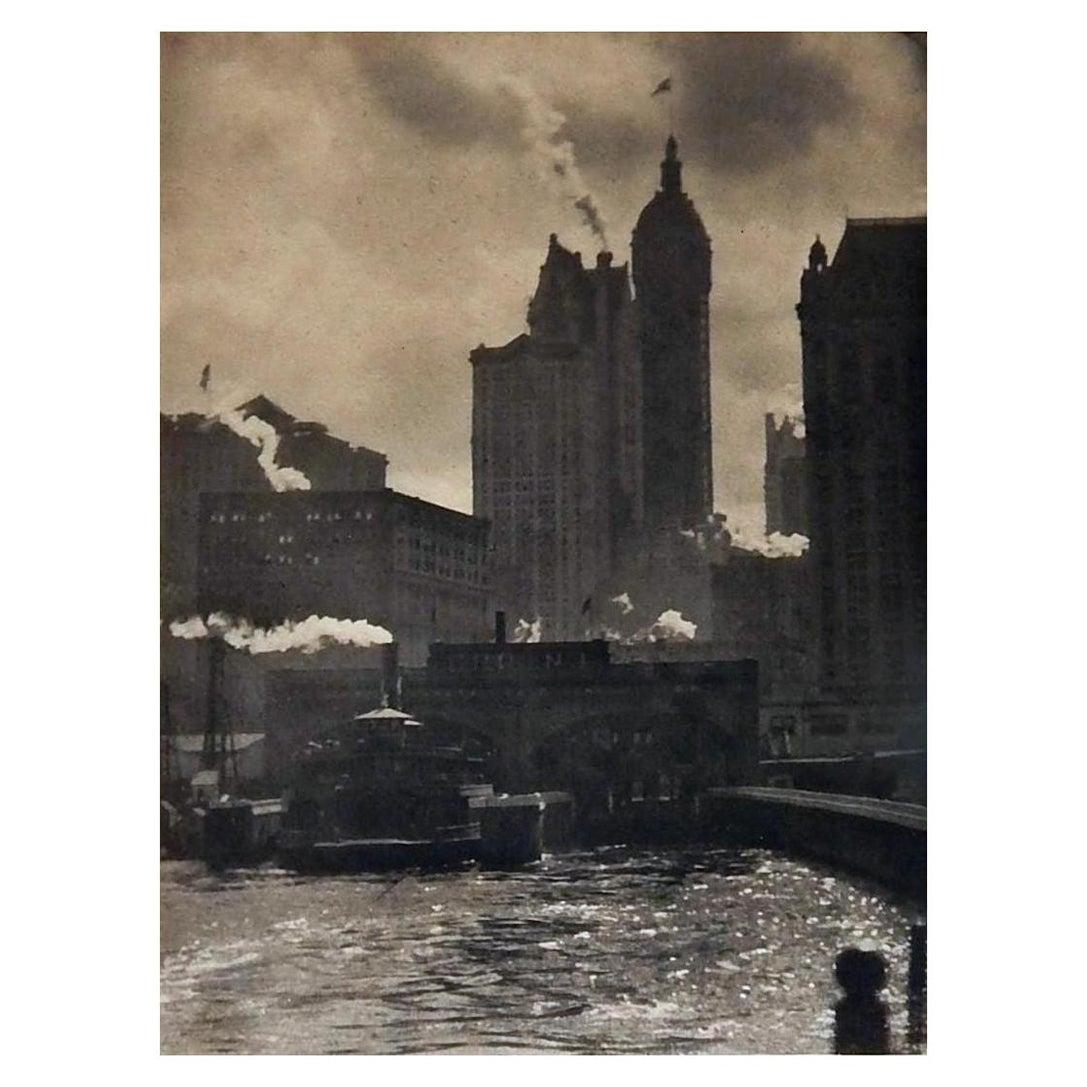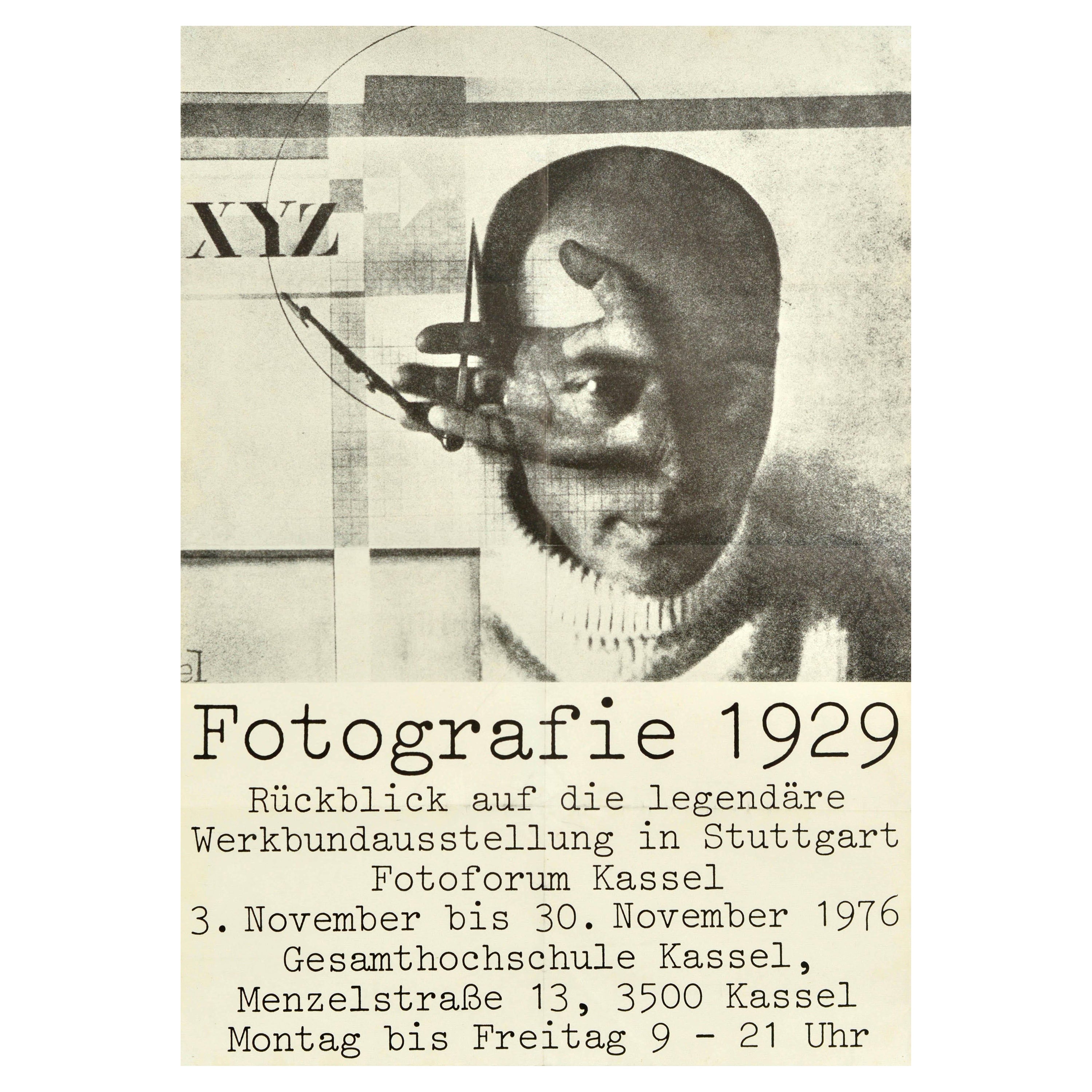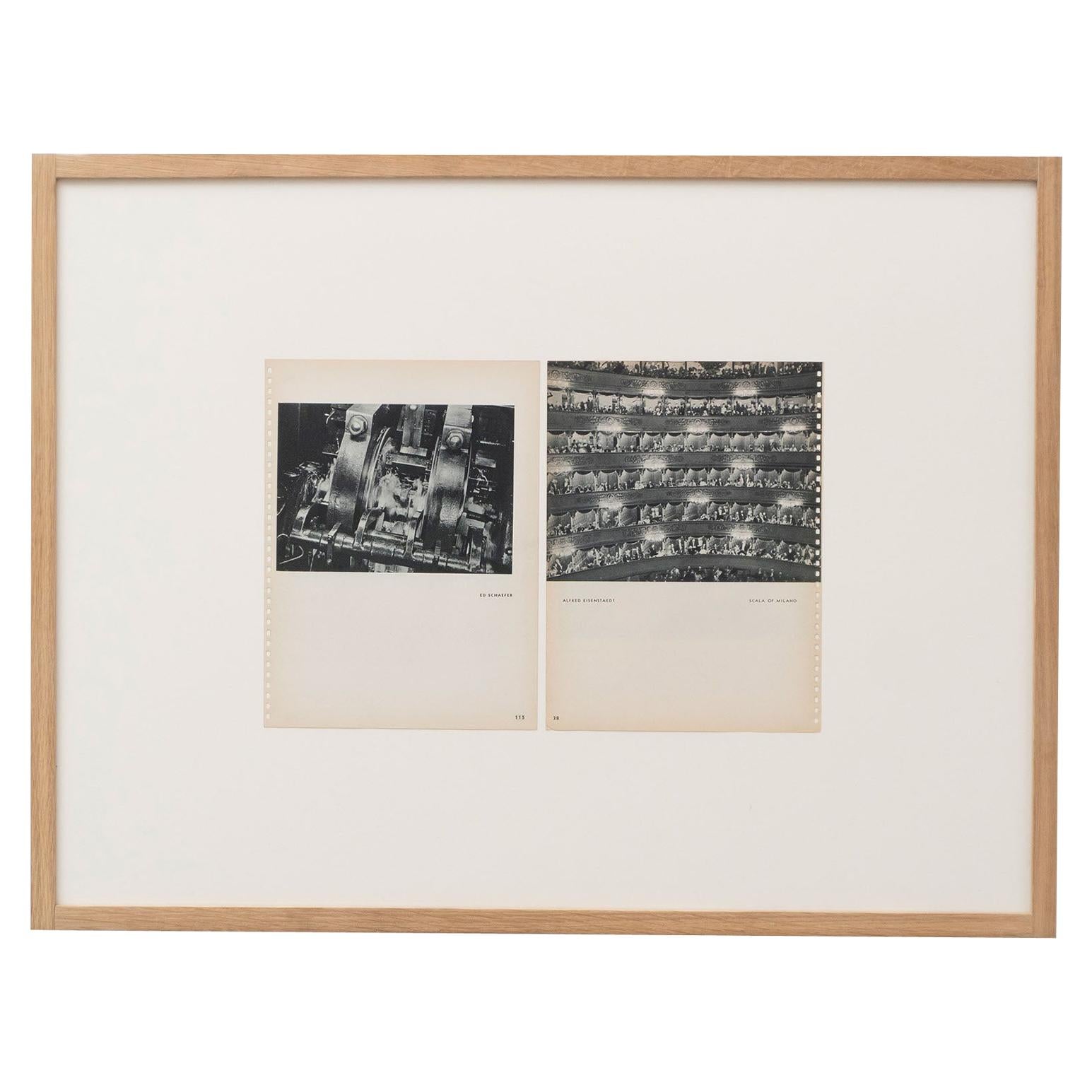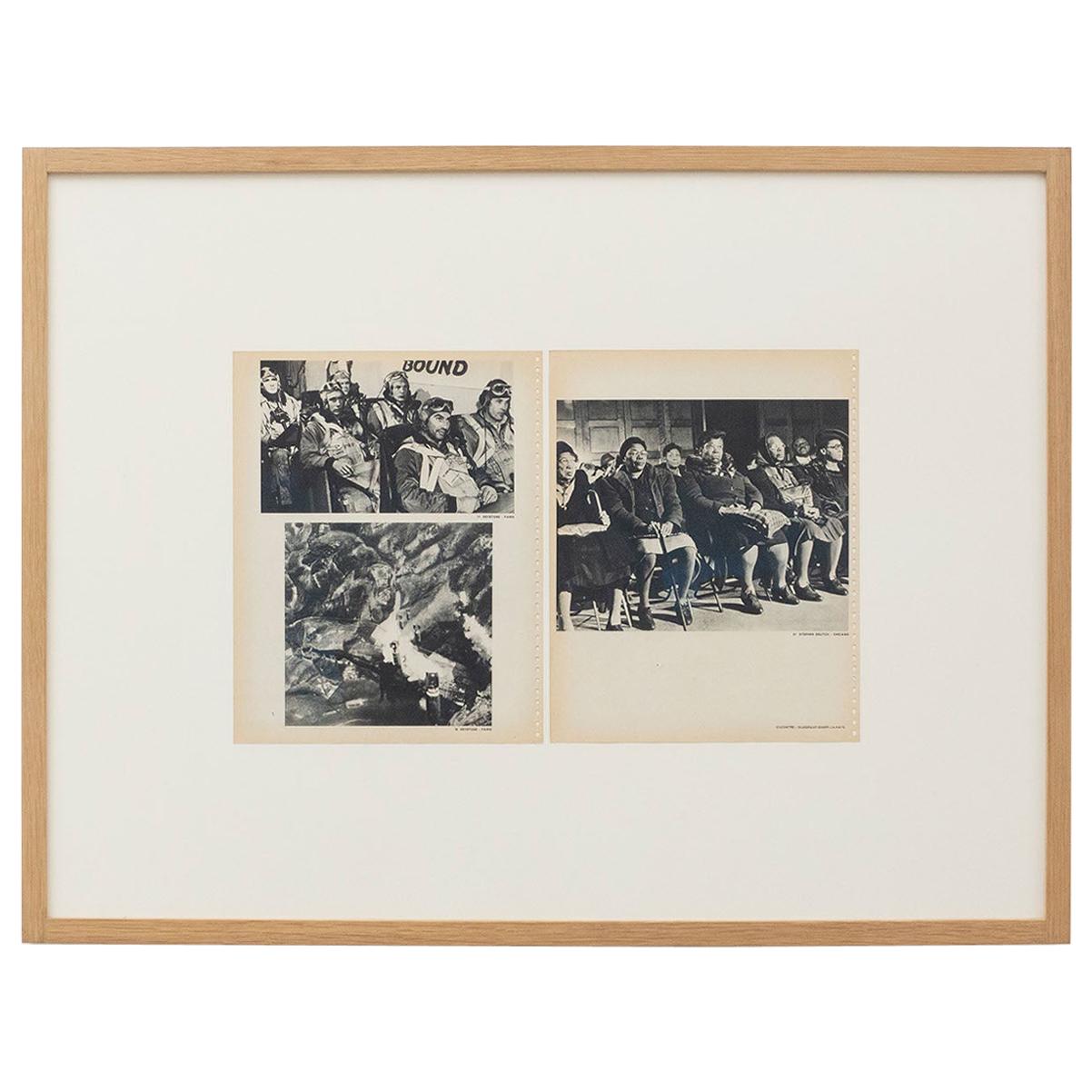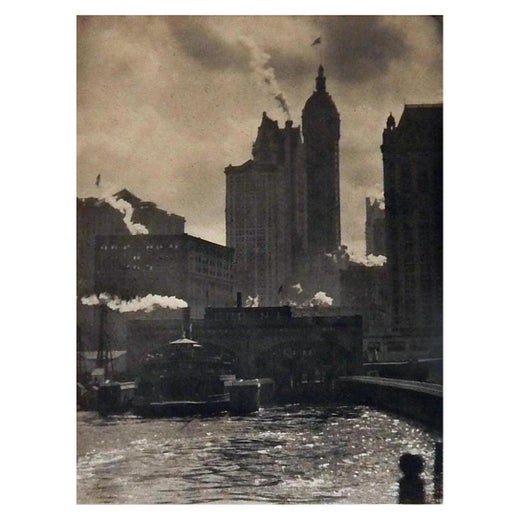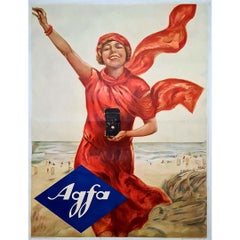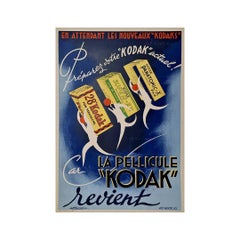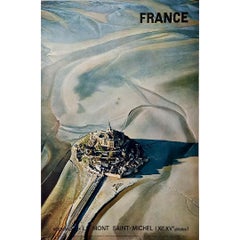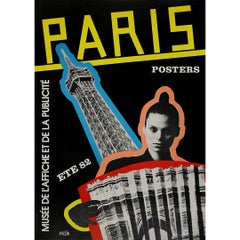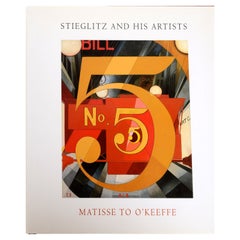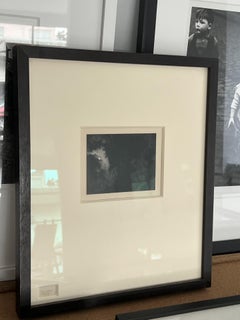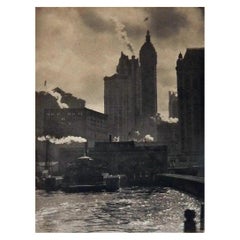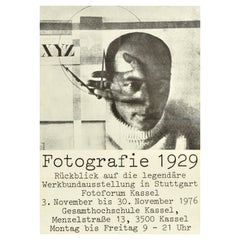Alfred Stieglitz1984 Photo original poster by Stieglitz - Paris1984
1984
About the Item
- Creator:Alfred Stieglitz (1864-1946, American)
- Creation Year:1984
- Dimensions:Height: 25.6 in (65 cm)Width: 19.69 in (50 cm)
- Medium:
- Period:
- Condition:Very good condition.
- Gallery Location:PARIS, FR
- Reference Number:1stDibs: LU1792211777902
Alfred Stieglitz
Few individuals have exerted as strong an influence on 20th-century American art and culture as the photographer and art dealer Alfred Stieglitz.
Born in Hoboken, New Jersey, in 1864 during the Civil War, Stieglitz lived until 1946. He began to take photographs while a student in Berlin in the 1880s and studied with the renowned photochemist Hermann Wilhelm Vogel. On his return to the United States in 1890, he began to advocate that photography should be treated as an art. He wrote many articles arguing his cause, edited the periodicals Camera Notes (1897–1902) and Camera Work (1903–1917), and in 1902 formed the Photo-Secession, an organization of photographers committed to establishing the artistic merit of photography.
Stieglitz photographed New York for more than 25 years, portraying its streets, parks, and newly emerging skyscrapers; its horse-drawn carriages, trolleys, trains, and ferry boats; as well as some of its people. In the late 1910s and early 1920s, he also focused his camera on the landscape around his summer home in Lake George, New York.
In 1918 Stieglitz became consumed with photographing his future wife, the artist Georgia O’Keeffe. For many years he had wanted to make an extended photographic portrait — he called it a composite portrait — in which he would study one person over a long period. Over the next 19 years, he made more than 330 finished portraits of her. Beginning in 1922 and continuing throughout the 1920s, he also became preoccupied with another subject, clouds, making more than 300 finished studies of them.
Photography was always of central importance to Stieglitz: not only was it the medium he employed to express himself, but, more fundamentally, it was the touchstone he used to evaluate all art. Just as it is apparent today that computers and digital technology will dominate not only our lives but also our thinking in this century, so too did Stieglitz realize, long before many of his contemporaries, that photography would be a major cultural force in the 20th century. Fascinated with what he called “the idea of photography,” Stieglitz foresaw that it would revolutionize all aspects of the way we learn and communicate and that it would profoundly alter all of the arts.
Stieglitz’s own photographs were central to his understanding of the medium: they were the instruments he used to plumb both its expressive potential and its relationship to the other arts. When he began to photograph in the early 1880s, the medium was barely 40 years old. Complicated and cumbersome and employed primarily by professionals, photography was seen by most as an objective tool and utilized for its descriptive and recording capabilities.
By the time ill health forced Stieglitz to stop photographing in 1937, photography and the public’s perception of it had changed dramatically, thanks in large part to his efforts. Through the publications he edited, including Camera Notes, Camera Work, and 291; through the exhibitions he organized; and through his own lucid and insightful photographs, Stieglitz had conclusively demonstrated the expressive power of the medium.
Find original Alfred Stieglitz photography on 1stDibs.
(Biography provided by PDNB Gallery)
- ShippingRetrieving quote...Shipping from: PARIS, France
- Return Policy
More From This Seller
View All1930s Prints and Multiples
Lithograph, Paper, Linen
1940s Prints and Multiples
Linen, Lithograph, Paper
1970s Prints and Multiples
Paper, Lithograph
1980s Prints and Multiples
Paper
1940s Prints and Multiples
Lithograph, Paper, Linen
1940s Prints and Multiples
Lithograph, Paper
You May Also Like
21st Century and Contemporary American Books
Paper
Early 20th Century Black and White Photography
Silver Gelatin
Early 20th Century Abstract Photography
Paper
Vintage 1970s German Posters
Paper
Vintage 1940s French Mid-Century Modern Photography
Glass, Wood, Paper
Vintage 1940s French Mid-Century Modern Photography
Glass, Wood, Paper
